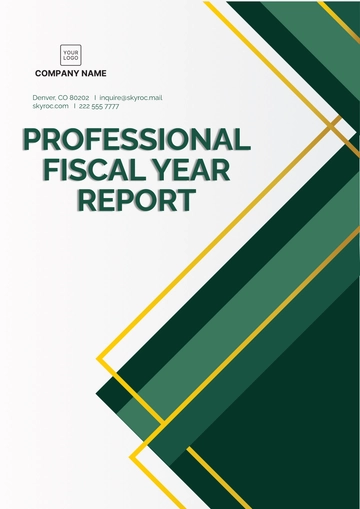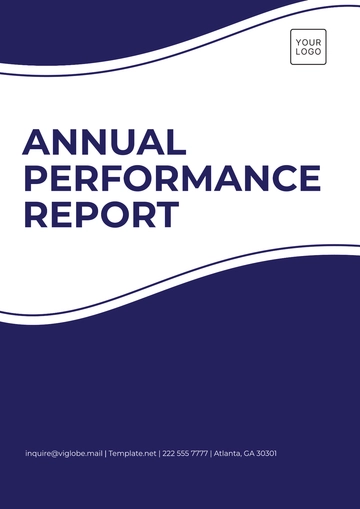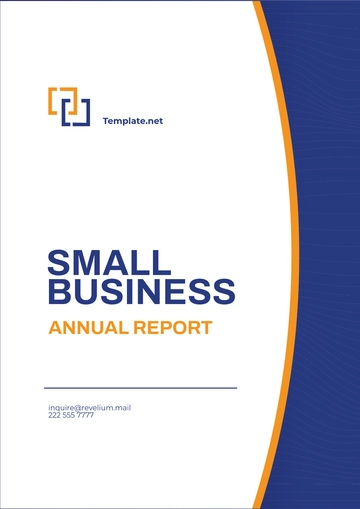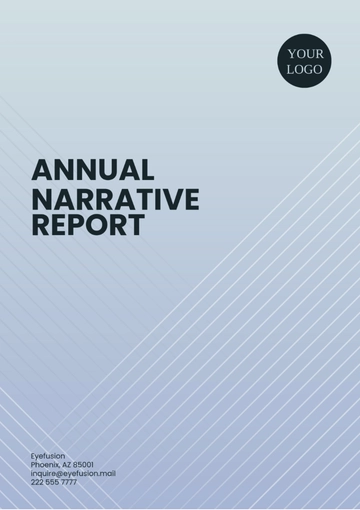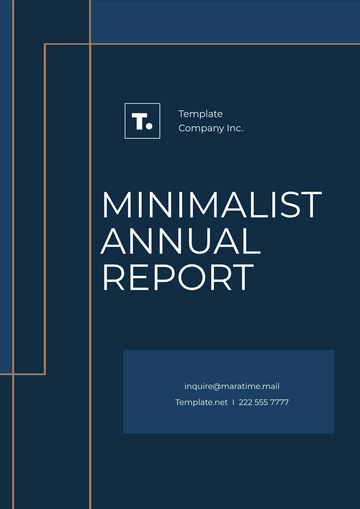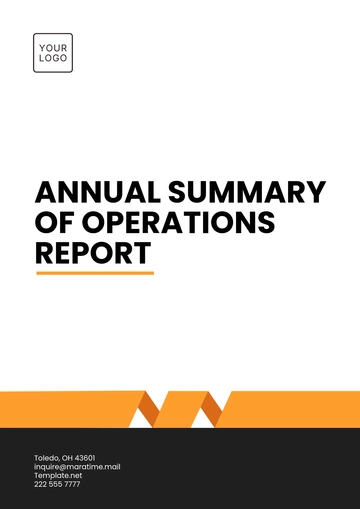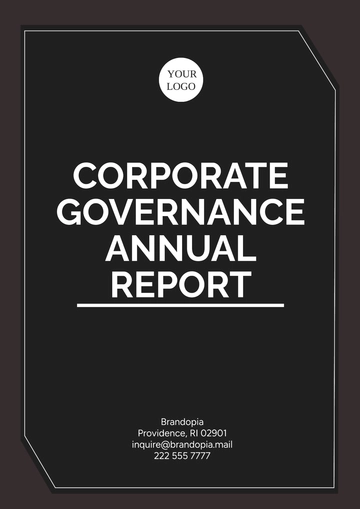Free Annual Finance Mergers & Acquisitions Report

Executive Summary
Since the beginning of the twenty-first century, the landscape of Mergers and Acquisitions (M&A) has been experiencing remarkable changes, with the most notable transformations taking place over the past year. In this report, a detailed analysis is provided that extensively covers the key statistics, trends and insights derived from the activities of the past year. This comprehensive evaluation has taken into account the global transactions that have occurred, the sizes of the deals that were negotiated, as well as the specific industries and sectors that were involved in these transactions.
Overview of M&A Landscape
Globally, there were in excess of 13,000 mergers and acquisitions transactions that were successfully closed, and the combined value of these deals amounted to more than the whopping amount of $5.6 trillion. This figure signifies a 12% growth in comparison to the deal values executed in the year prior to this. When considering the geographical distribution of these global mergers and acquisitions, North America was leading in terms of both volume and value. Specifically, 45% of all deals by volume and 56% by value were attributed to North America, making it the forerunner in shaping the global M&A market dynamics.
Key Statistics
Deal Sizes
Deals that were classified as large, with values of $1 billion and above, made up only a small proportion of the total number of deals at 7%. Nevertheless, they represented significantly more in terms of total value, making up 60% of the overall deal value. Mid-size deals, which are categorized as having values between $100 million and $1 billion, constituted a larger proportion in the number of deals, representing 30% in terms of volume. However, when it comes to deal value, they accounted for a lower proportion at only 25%. Small size deals, which were considered as those with values less than $100 million, constituted the largest proportions in volume. Despite their higher number, the total monetary value these deals added up to was modest, representing only 18% of the total deal value.
Sectors Involved
In the realm of mergers and acquisitions, the technology sector emerged as the one most commonly targeted, accounting for a significant 20% of the total deals. This emphasizes the growing interest in technology-based transactions. Healthcare and Financial services sectors were not far behind, each constituting 15% of the total deals. Their sizeable portions indicate their marked presence in the M&A landscape. The Energy and Power sector, which made up 12% of the total deals, trailed behind, but still had a substantial chunk of the M&A activity. The Real Estate sector trailed at 10%, demonstrating a detectable shift from traditional sectors to sectors with a greater focus on technology in mergers and acquisitions.
Sector | Number of Deals | Percentage of Total Deals |
|---|---|---|
Technology | [0] | [0]% |
Healthcare | [0] | [0] |
Finance | [0] | [0] |
Energy | [0] | [0] |
Consumer Goods | [0] | [0] |
Trends and Insights
In the year 2050, we observed a considerable acceleration in the rate of cross-border mergers and acquisitions. One of the most notable sectors witnessing this rapid growth was the Tech industry. This industry, benefiting greatly from advancements in areas such as artificial intelligence, virtual reality, and blockchain technology, demonstrated a skyrocketing increase in merger and acquisition activity. However, the Tech sector wasn't the only one experiencing this surge. The healthcare sector also showed a significant rise in the trend of mergers and acquisitions. This was largely driven by the ongoing process of digitization of healthcare services.
Outlook for the Coming Years
It is anticipated that the strong momentum from the robust mergers and acquisitions (M&A) activity witnessed in the year 2050 will persist in the coming years. Several factors could potentially play a role in propelling this trend forward. Firstly, alterations in the tax regulations that govern business practices could encourage more M&A deals. Secondly, the surge in global liquidity resulting from stimulus measures and other economic factors could create an environment conducive to such ventures. Finally, the recovery from the global pandemic, which has seen economies worldwide attempting to bounce back from a period of turbulence, could create opportunities for M&A activity. However, it is necessary to consider that this forward trajectory could be moderated by uncertain economic conditions, which have the potential to dampen the enthusiasm for M&A deals.
Conclusion
The mergers and acquisitions (M&A) landscape in the year 2050 was distinctive, characterized by significant transactions spanning across various sectors and regions globally. This vibrant activity in mergers and acquisitions is a solid representation of the dynamically evolving global economy. Notably, there was an apparent shift in focus towards the Technology and Healthcare sectors. This interest pivot clearly demonstrates an evolutionary change in the foundations of the world's business ecosystem. In the coming times, it will be incredibly fascinating to observe and analyze the lasting impact of these mergers and acquisitions activities. Particularly intriguing will be their role in molding the structure and functioning of the global economy.
- 100% Customizable, free editor
- Access 1 Million+ Templates, photo’s & graphics
- Download or share as a template
- Click and replace photos, graphics, text, backgrounds
- Resize, crop, AI write & more
- Access advanced editor
Unlock strategic insights with the Annual Finance Mergers & Acquisitions Report Template from Template.net. This editable and customizable template, powered by an intuitive AI Editor Tool, delivers a sleek framework for comprehensive analysis. Dive into industry trends, assess financial impacts, and make informed decisions. Elevate your reporting with ease, precision, and a touch of innovation.
You may also like
- Sales Report
- Daily Report
- Project Report
- Business Report
- Weekly Report
- Incident Report
- Annual Report
- Report Layout
- Report Design
- Progress Report
- Marketing Report
- Company Report
- Monthly Report
- Audit Report
- Status Report
- School Report
- Reports Hr
- Management Report
- Project Status Report
- Handover Report
- Health And Safety Report
- Restaurant Report
- Construction Report
- Research Report
- Evaluation Report
- Investigation Report
- Employee Report
- Advertising Report
- Weekly Status Report
- Project Management Report
- Finance Report
- Service Report
- Technical Report
- Meeting Report
- Quarterly Report
- Inspection Report
- Medical Report
- Test Report
- Summary Report
- Inventory Report
- Valuation Report
- Operations Report
- Payroll Report
- Training Report
- Job Report
- Case Report
- Performance Report
- Board Report
- Internal Audit Report
- Student Report
- Monthly Management Report
- Small Business Report
- Accident Report
- Call Center Report
- Activity Report
- IT and Software Report
- Internship Report
- Visit Report
- Product Report
- Book Report
- Property Report
- Recruitment Report
- University Report
- Event Report
- SEO Report
- Conference Report
- Narrative Report
- Nursing Home Report
- Preschool Report
- Call Report
- Customer Report
- Employee Incident Report
- Accomplishment Report
- Social Media Report
- Work From Home Report
- Security Report
- Damage Report
- Quality Report
- Internal Report
- Nurse Report
- Real Estate Report
- Hotel Report
- Equipment Report
- Credit Report
- Field Report
- Non Profit Report
- Maintenance Report
- News Report
- Survey Report
- Executive Report
- Law Firm Report
- Advertising Agency Report
- Interior Design Report
- Travel Agency Report
- Stock Report
- Salon Report
- Bug Report
- Workplace Report
- Action Report
- Investor Report
- Cleaning Services Report
- Consulting Report
- Freelancer Report
- Site Visit Report
- Trip Report
- Classroom Observation Report
- Vehicle Report
- Final Report
- Software Report




